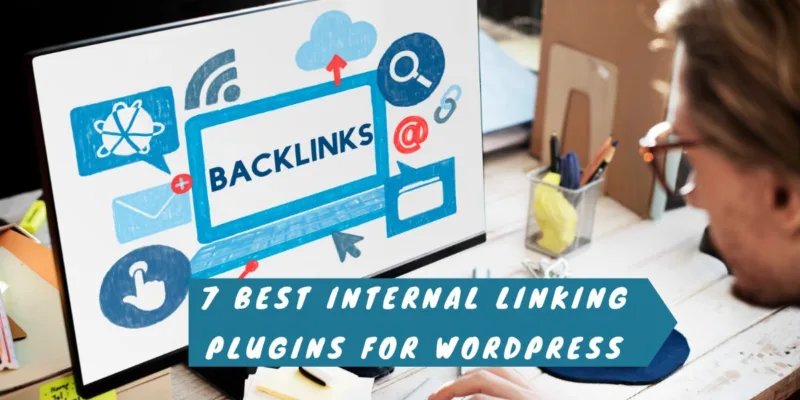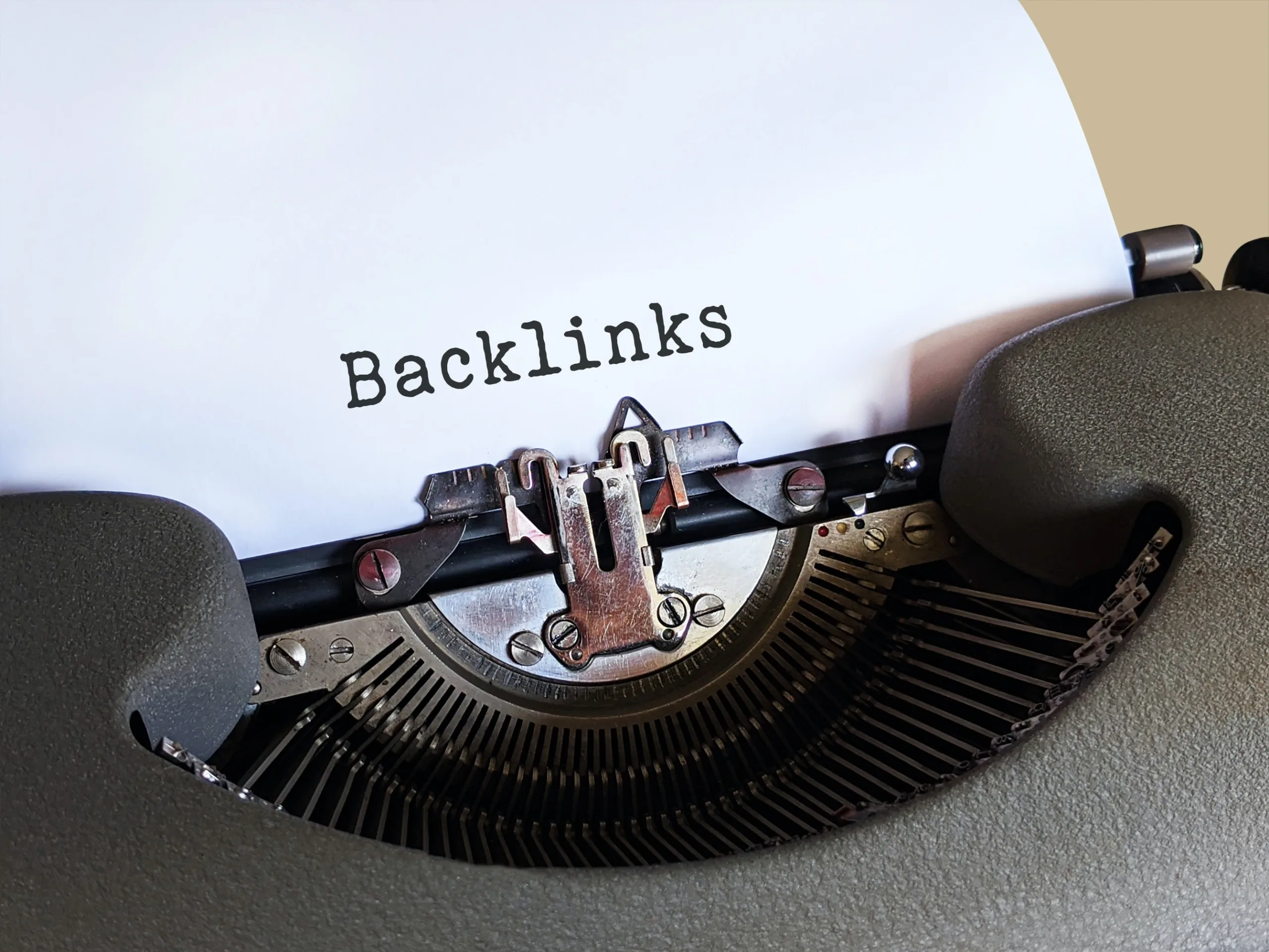Internal links are crucial for SEO, user experience, and content discovery. There are many WordPress plugins that can help you optimize your internal linking strategy. This article will cover 9 of the best internal linking plugins for WordPress, both automatic and manual.
Why Use an Internal Linking Plugin?
- Internal links help search engines crawl and index your content. The more links pointing to a page, the higher it tends to rank.
- They provide a better user experience by allowing readers to easily navigate between related content.
- Automatic linking plugins can save time by suggesting relevant internal links. This ensures you don’t miss the opportunity to link important pages.
- Linking orphaned pages (pages with no internal links) can help them get indexed faster and rank higher.
The Best Internal Linking Plugins
1. All in One SEO (AIOSEO)
AIOSEO is a powerful SEO plugin with a Link Assistant feature that helps you optimize internal links. It provides:
- A link report showing the number of internal, outbound and affiliate links
- Smart internal link suggestions based on your content
- Identification of orphaned pages that need inbound links
- Easy linking options from within the WordPress editor
2. Yoast SEO
Yoast SEO is a popular SEO plugin. The premium version includes a basic internal linking tool that:
- Scans your content for potential internal links
- Suggests relevant pages to link to within the WordPress editor
However, it is not as comprehensive as AIOSEO’s Link Assistant.
3. Internal Link Juicer
This free plugin automatically inserts internal links based on keywords you specify. It allows you to:
- Add keywords and phrases it should link to
- Whitelist and blacklist specific posts from linking
- Limit the number of links per post
But it requires significant configuration to work effectively.
4. Rank Math
Rank Math is an SEO plugin that provides basic internal link suggestions within the WordPress editor based on your content. However, it is not as robust as AIOSEO or Yoast SEO’s linking tools.
5. Link Whisper
Link Whisper is a paid plugin that helps generate internal links. It suggests links within the WordPress editor and allows you to:
- Identify pages with few internal links
- Add links to those “orphaned” pages
The free version only suggests links, while the paid version can automate link insertion based on keywords.
6. Interlinks Manager
This paid plugin analyzes your existing links and provides recommendations based on your content keywords. You can also configure it for automatic link insertion whenever specific keywords are used.
7.YARPP
Yet Another Related Posts Plugin is a free plugin that shows related posts on your site. While not a traditional internal linking plugin, it can help surface important pages that may otherwise get buried.
In summary, AIOSEO and Yoast SEO are the most robust internal linking plugins for WordPress. However, others like Link Whisper, Interlinks Manager and Internal Link Juicer offer more advanced automation features if used carefully. As with any automated plugin, review the generated links to ensure quality.
Drawbacks of Automatic Internal Linking Plugins
While automatic internal linking plugins can save time and effort, they also have some potential drawbacks:
Less Control
When using an automatic internal linking plugin, you have less control over where and how links are placed. The plugin decides which keywords to link and where to place the links. This can result in links that are not relevant or useful for your users.
Over-Optimization
Automatic plugins tend to link any instances of keywords they detect, which can lead to an overuse of internal links on a single page. This “over-optimization” can create an unnatural linking pattern that search engines may perceive as manipulative.
Affect on Site Speed
Many internal linking plugins can consume server resources and slow down your website’s loading time. This is especially true if you have a large number of pages or use multiple linking plugins. Slower site speeds can negatively impact your SEO performance.
Spammy or Irrelevant Links
Because automatic plugins link keywords without considering the surrounding context, they can sometimes create spammy or irrelevant internal links. This not only confuses users but can also hurt your SEO.
Inability to Manage Broken Links
Automatic internal linking plugins cannot identify and fix broken links on their own. Broken links left unmanaged can create a poor user experience and diminish your SEO performance over time.
In summary, while automatic internal linking plugins offer convenience, using them exclusively can create issues like irrelevant links, over-optimization, and broken links. The best approach is to combine automatic linking with manual link creation and auditing to ensure a high-quality internal linking structure. Automatic plugins work best as a supplement to, rather than a replacement for, manual optimization efforts.
Advantages of Automated Internal Linking Plugins
Automated internal linking plugins can have several advantages:
Time Savings
Manually adding internal links to all your blog posts and pages can be a time-consuming task. Automated plugins can save you time by automatically suggesting and inserting relevant internal links based on keywords or topics. This ensures that new content has internal links without you having to add them manually.
Improved Content Discovery
By automatically adding relevant internal links, these plugins can help readers discover related content on your site. This improves the user experience and allows readers to explore more of your site’s content.
Increased Link Juice
The more internal links pointing to a page, the more “link juice” it receives. This can help boost that page’s rankings in search engines. Automated linking plugins can help distribute link juice more evenly across your site by suggesting links to important pages.
Easy to Use
Many automated linking plugins have a simple interface and require little configuration. You can often just specify keywords or categories and let the plugin do the rest. This makes them convenient and easy to integrate into your content workflow.
Covers More Content
Manually adding internal links tends to focus on your most important content. Automated plugins can suggest links for all new content, ensuring that even less prominent pages receive some internal links. This can help search engines discover and index more of your site.
However, automated linking also comes with risks. You should always review the generated links to ensure relevance and avoid over-optimization. Using automated plugins as a supplement to – rather than a replacement for – manual internal linking is generally the best approach.
Still, the time savings, improved content discovery, and link juice benefits can make automated internal linking plugins a useful tool, especially for blogs with a large volume of content. But as with any automated system, you should proceed with caution and monitor its effectiveness.


















[…] 7 Best Internal Linking Plugins for WordPress (Automatic + Manual) […]
[…] 7 Best Internal Linking Plugins for WordPress (Automatic + Manual) […]
[…] 7 Best Internal Linking Plugins for WordPress (Automatic + Manual) […]